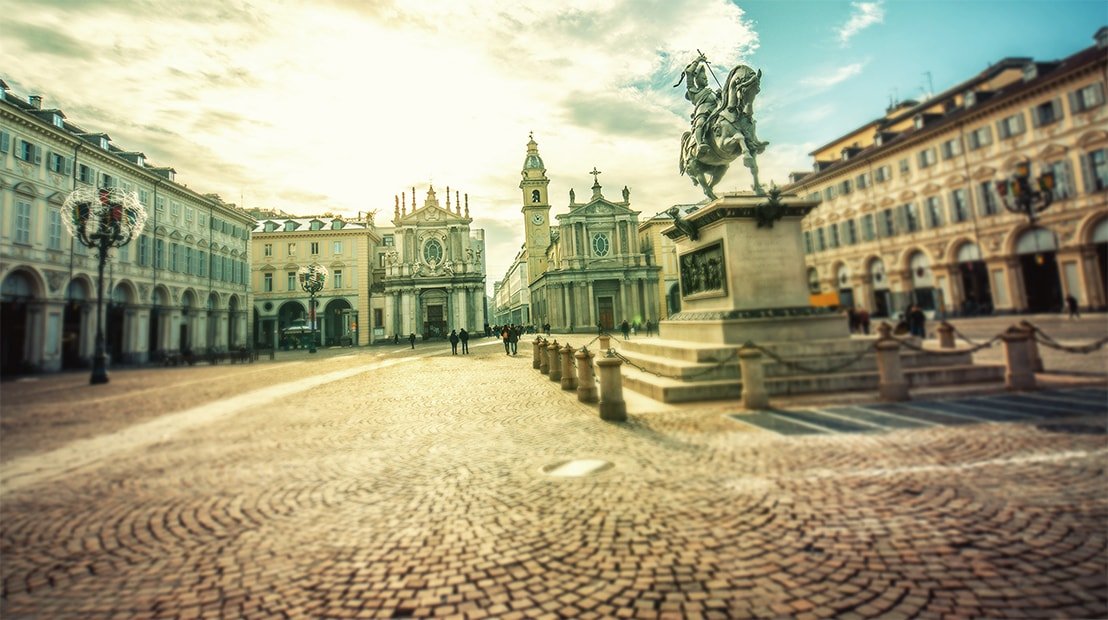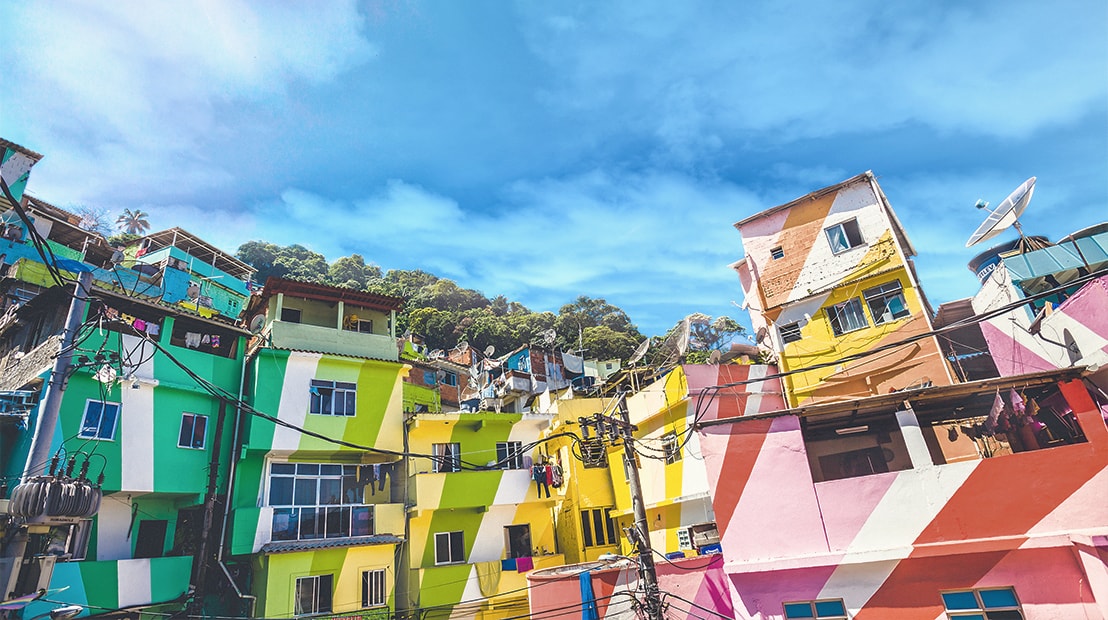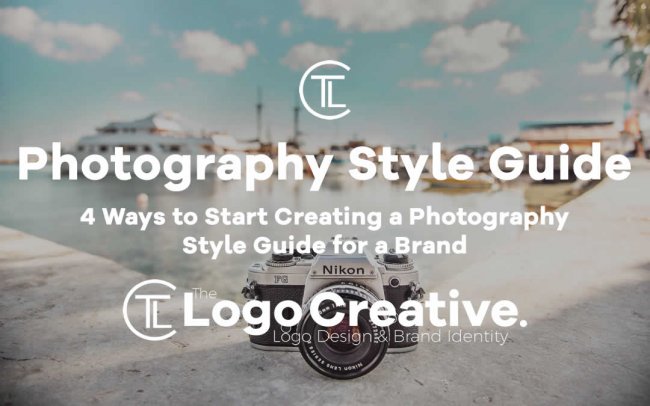In this article, we will be discussing 4 Ways to Start Creating a Photography Style Guide for a Brand If you’re a photographer you will find this article very useful.
One of the most important aspects of establishing a strong brand is to develop a consistent theme – and that applies to its photos as well. The best way to ensure that your photos are consistent enough that they have an identifiable look is to use a photography style guide.
One way to think of a photography style guide is as a set of design rules or a framework that clearly defines the attributes of key elements in your brand’s photos. But what elements should be included, and where do you start?
If you want to create a photography style guide for your brand, there are several ways that you could start to go about doing just that:
Table of Contents
Take into account existing branding elements
The photography style guide that you come up with should be viewed as part and parcel of your brand – and as such, it needs to complement it. At the end of the day, the look that it aims to produce needs to jive with your brand’s image and identity, and cannot afford to be at odds with them.
If you already have certain brand elements that are in use, you should take them into account and include them (or playoff them) in your photography style guide. That can include areas such as the genre, colour palette, shapes, and so on.
On the other hand, if you haven’t yet developed existing brand elements, you should develop them alongside the photography style guide. In both cases, the goal is to end up with a consistent look that extends across your entire brand – and not just its photos.
Find a style that suits your audience
Ultimately your brand should be designed to appeal to the audience that makes up its target market – and your photos should follow the same approach. As such you should try to find a photography style that suits your audience, and incorporate it into your style guide.
To increase conversions, make sure to segment your target audience and choose the most suitable types of photography for different groups.

For example, a brand targeting millennials may opt for a more casual or ‘hipster’ look with bright colours that is emotion driven. On the other hand, a brand targeting business executives may prefer a more formal look that is more structured or emphasizes elegance as well as precision.
Look for inspiration and identify elements that can be used
Coming up with a photography style guide out of the blue isn’t easy, and a good place to start is by looking for inspiration from other brands or photographers. Needless to say, you shouldn’t copy the style of other brand or photographer outright, but you can use them to develop a unique style for your own brand.
To accomplish that you will need to identify elements that you find inspiring in specific photos, and start to structure your style guide around them. As you do you can look at ways to add a unique edge that is specific to your brand, by tweaking the elements so that they identify more closely with it.
At the end of the day, the inspiration will be a source of ideas that you can use and will make it much easier to structure your style guide.
Be detailed and cover as many elements as required
All said and done there are really no hard and fast rules regarding what elements a style guide should or should not cover. In short, you should feel free to make it cover as many elements as you feel necessary to consistently produce an identifiable look for your brand.
Some of the typical elements that are normally part of a photography style guide include its genre, colour palette, environment, lighting, model criteria, framing and composition, and wardrobe. The style guide should also encompass rules for post-processing, such as filters and other effects.

To be certain that your photography style guide is able to truly act as a guide, it should be as detailed as possible. For example, a photography style guide that specifies a ‘wooded’ environment will be far more consistent than one that just states ‘outdoor’ instead.
Make no mistake it will take time to develop a photography style guide, and as you do you may go back and tweak parts of it. That is a good thing, and you should periodically take a step back and analyze the guide to determine how effective it is.
As mentioned previously your style guide should encompass post-processing because of the important role it plays in modern photography. However, if that is outside your wheelhouse and you need a way to edit and process your photos more easily, you could try a Photo Editor. Thats is intuitive and user-friendly, and will place numerous powerful features at your fingertips – and you can use them to try different post-processing styles that you may want to incorporate in your guidelines.








